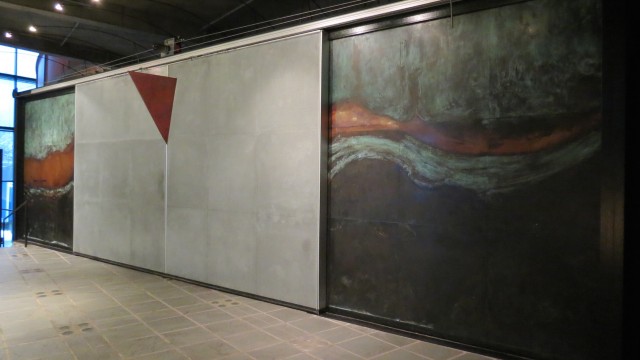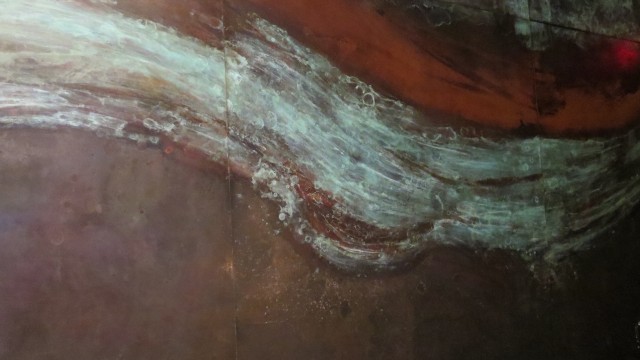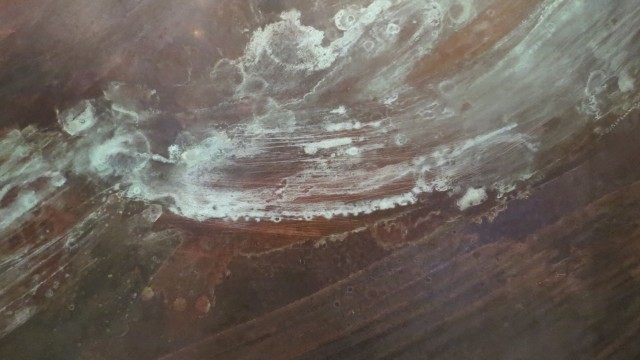January 16th, 2017
Pointe-à-Callière is participating in the Art public Montréal project

The Museum, in collaboration with Tourisme Montréal and Art Public Montréal will work to increase awareness of Montréal as an international public art destination.
As partners in the Art Public Montréal project and as owners of public art installed on the territory of Montréal , Pointe-à-Callière is commited to increasing local and international awareness by contributing to the production and development of tools to disseminate Montréal’s extensive public art collection. This collection will eventually include more than 1,000 accessible public artworks, created by close to 500 Québec and international professional artists and displayed throughout the Island of Montréal.
The Museum has three works located in public spaces, whether outdoors or indoors: Entre nous by Andrew Dutekewych, Vanités 03 (Les miroirs du temps) by Nicolas Baier, and Les voiles du temps by Peter Krausz.
Entre nous
This sculpture is made up of three elements: a round bronze column, an urn and a carved stone bench. From a mass of fragmented stone volumes emerges a column that represents two negative space profiles that face each other. Poised at the foot of the sculpture is an inverted urn. The bench sits further away, near the entrance to the museum.
The work evokes human interaction throughout history. The column is inspired by mooring piles, the fragments of stone symbolize the site’s historical interpretation chain and the inverted urn is a metaphor and testament to the wealth of culture. A close reading of the column’s profile reveals two silhouettes of human figures that come together to give the work its title: Entre nous, between us.
Vanités 03 (Les miroirs du temps)
Vanités 03 (Les miroirs du temps) was expressly designed for Pointe-à-Callière’s fifth pavilion under the policy to integrate art into the museum’s architecture and environment. The work is an immense photographic composition of 75 digital images of mirrors that covers practically the entire west wall of the pavilion hall. It constitutes a reference to the museum’s mission as a space for memory and a witness to the passage of time. Moreover, the mirrors used by the artist were found in Québec and Europe, in antique stores, shops, homes and waste bins: a patient exercise that brings to mind the research efforts by historians and archaeologists. The narrative of the work produced by the technique and the methodological composition of the compartments suggest the archaeological site grid.


Les voiles du temps
Les voiles du temps is made up of four panels that create a door leading to the museum’s multimedia room. The fixed end panels are made of oxidized copper. They are overlaid with two galvanized steel panels that open to reveal the two parts of a triangular shape at the centre of the composition through which an aluminium framework appears. It conceals a bronze sculpture of a face. The triangular shape recalls the museum’s architecture.










